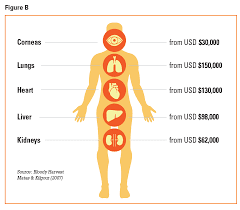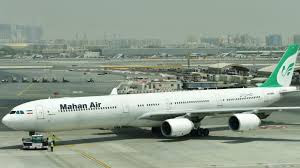SIERRA LEONE - THREATS OF MONEY LAUNDERING > 
FROM A
DIFFERENT POINT OF VIEW by Fred Kohx >
Executive Founding Member for WANTED SA >
Thursday November 11, 2010 >
WANTED SA is pleased to announce that Mr. Fred Kohx who is one of the founding members of WANTED SA has joined the staff of writers. Mr. Kohx was born in The Hague, Netherlands and was in law enforcement for over 25 years before retiring and moving to Perth, Australia. Mr. Kohx is active in sailing and maintains a successful position with a major Intelligence Firm in Australia & New Zealand.
Since the initiation of international anti-money laundering efforts in the mid-1980s, various substantive requirements have been established: the requirement to criminalize money laundering activities, the requirement that required that people must know their customers, the requirement to identify and report to authorities suspicious transactions, the requirement to freeze, trace, seize, and ultimately forfeit the proceeds and instrumentalities of money laundering crimes.
The requirement of covered persons to have a compliance officer and to train employees; the requirement for covered persons to have outside audits in compliance of their organization with anti-money laundering standards; and the prohibition of secrecy as a reason for a country and covered persons to refuse to follow any of the anti-money laundering obligations.
Preventive Measures of Financial Institutions to Curb Money Laundering
Financial institutions such as banks are normally used as intermediaries for cleansing or laundering money. In order to curb this crime, financial institutions must be vigilant in regulating this activity, especially in Sierra Leone where a large number of banks are parading on the streets of Free town for the single purpose of banking, it’s therefore bank’s responsibility to ask individuals where they got their money, more so when the bank sees large sums of money.
These institutions must investigate on any dubious accounts and peculiar undertakings of their clients in their system. Suspicious activity may include the use of Letters of Credit and other methods to move money between countries where such a transaction is inconsistent with the customer’s usual business.
Another thing that should be looked into is those customers who make regular payments or receive wire transactions from countries which are tax havens. Similarly, frequent requests or use of travelers’ cheques, foreign currency drafts or other negotiable instruments should also be considered indications of money launderers.
The reluctance to provide normal information or providing minimal or fictitious information that is difficult or expensive for the financial institution to verify when applying to open an account as well as those using accounts with several financial institutions and then consolidating them prior to onward transmission of the funds are a good indication of money launderers.
A greater or unusual use of safe deposit facilities as well as companies’ representatives avoiding contact with the branch should provide enough skepticism among the bank’s top management regarding the sources of the assets deposited in their institutions. Finally, the requests to borrow against assets held by the financial institution or a third party, where the origin of the assets is unknown or the assets are inconsistent with the customer’s standing should also be taken into account.
The facts and opinions stated in this article are those of the author and not those of WANTED SA. WANTED SA does not warrant the accuracy of any facts and opinions stated in this article; does not endorse them, and accepts no responsibility for them.








